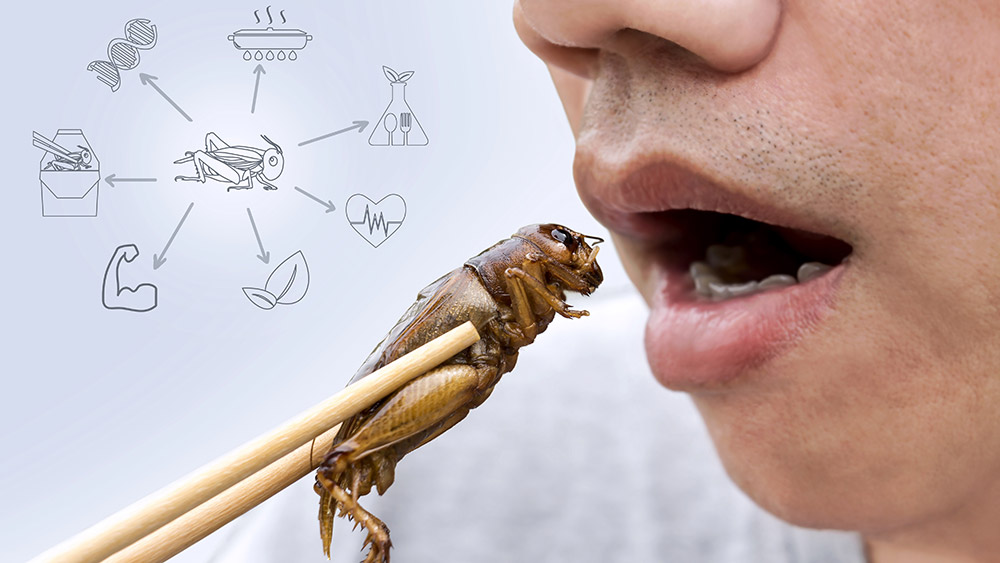As the global population continues to rise, scientists and world leaders are searching for food sources capable of sustaining our growing numbers. Traditional meat proteins are viewed as less and less solutions, as it is not only cost-prohibitive to feed and rear the source animals, but also the production of these meats rivals automobiles as one of the top contributors to greenhouse gas emissions.
Professor Arnold van Huis, an entomologist at Wageningen University in the Netherlands states, “There is a meat crisis . . .the world population will grow from six billion now to nine billion by 2050 and we know people are consuming more meat. Twenty years ago the average was 20kg, it is now 50kg, and will be 80kg in 20 years. If we continue like this we will need another Earth.”
Why Insects are the Solution
As socially taboo as the idea may seem to many, experts are increasingly turning to insects as a viable alternative. Insects contain high levels of protein, vitamins, and minerals, all of which can contribute to a nutritionally sound human diet. In addition, farming insects produce significantly less greenhouse gas than with livestock.
For example, insects such as locusts, crickets and mealworms, release 10 times less methane than livestock. They also produce 300 times less nitrous oxide, also a warming gas. They also produce much less ammonia, a pollutant produced by pig and poultry farming.

Pesticides, and their negative effects on human health and the environment, could be eliminated since the once shunned insects that feed on crops would now be welcomed and harvested. Moreover, up to 100 times less water is required per pound of usable protein when farming insects as opposed to meat-yielding mammals. As David Gracer of SmallStockFoods has stated, “Insects can feed the world. Cows and pigs are the S.U.V.’s; bugs are the bicycles.”
Western Culture
While many Western cultures have negative opinions surrounding insect consumption, 80% of the world’s cultures include insects in their diet. For example, aquatic fly larvae in sugar, and candied grasshoppers have been enjoyed in Japan. Mexicans also relish toasted grasshoppers, and fried giant red ants, crickets and June beetles are featured in several Thai dishes.
Furthermore, there is already significant insect matter present in many Western-based food products. For instance, the FDA allows an average of 150 or more insect fragments per 100 grams of wheat flour.

In order to overcome the biggest barrier to insect adoption in the Western culinary world, insects must be produced and marketed under a more recognizable guise. Like soy products, insect products can change to resemble more familiar dishes, such as burgers, nuggets, and just about any other preparation imaginable. No matter the current Western attitude, world population growth will continue to present a big challenge to all nations. Keeping an open mind towards insect consumption may be one of the ways to ensure a sustainable future existence for all.
Curious to learn how I can help you and your restaurant business? Let’s talk! Book a free 30-minute consultation. To learn more, visit my restaurant consulting or restaurant coaching services pages. To acquire new skills, visit our Online Culinary School and start making change.
